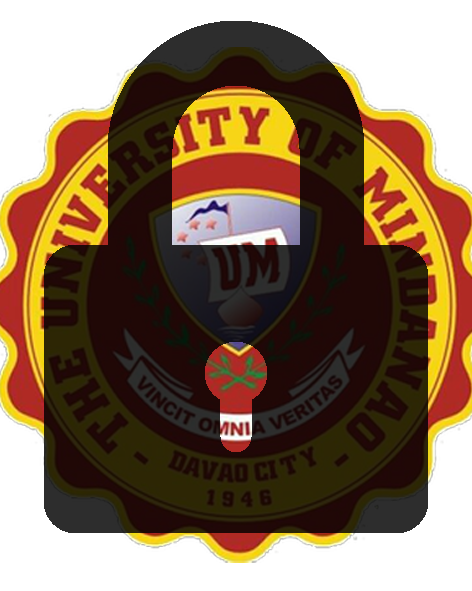Spatio-temporal analysis of land cover change based on urban expansion in Talomo-Lipadas watershed

View/
Date
2022-12Author
Dumdum, Richelyn
Jamero, Sheryl Anne
Citation Tool
Metadata
Show full item recordAbstract
Urbanization is a large-scale population shift from rural to urban areas and the ensuing physical changes to urban areas. The condition of land use and land cover of an area reflects the socioeconomic and natural resources present and how they are utilized over time and space. A significant effect is the extent and types of land use and land cover disturbances such as the conversion of grasslands to urban areas, wetlands to agriculture, orchards from cropland and agricultural land, and forestland have been replaced with residential land use. Davao City is currently rapidly urbanizing, and several changes to the watersheds land cover are possible. This research was carried out to analyze the degree of Built-Up expansion based on the land cover change in the Talomo-Lipadas watershed from 2010 – 2020 using Geographic Information System (GIS). The results show that the spatiotemporal change of the Talomo-Lipadas land cover from the years 2010, 2015, and 2020 is noticeable based on each land cover area and percent change in where urban land from 7.29% to 10.91% or 28.53 km2 to 43 km2, forest from 12.1% to 17.76% or 47.36 km2 to 70 km2, barren land from 0-0.25% or 0 to 1 km2, and water from 0.35% % to 0.76% or 1.39 km2 to 3 km2 exhibit an increase in terms of area and percent change while cropland from 76.48% to 67.28% or 299.15 km2 to 269 km2 and grassland from 3.33% to 2.03% or 13.03 km2 to 8 km2 show a decrease. In a five-year interval, this watershed continuously experiences changes, particularly in urban land or built-up areas brought by the construction of roads, towns, houses, and other built-up areas.
Collections
- Undergraduate Theses [639]
Publisher
College of Arts and Sciences Education
